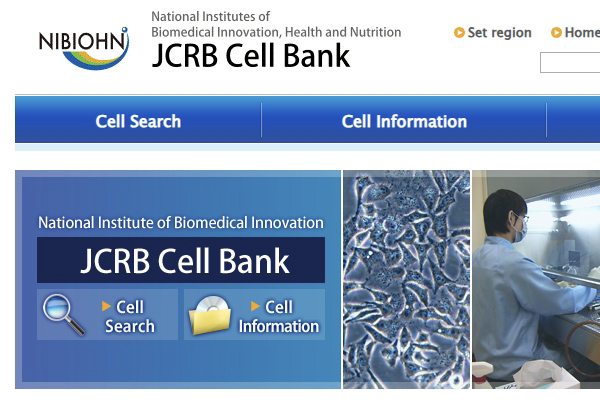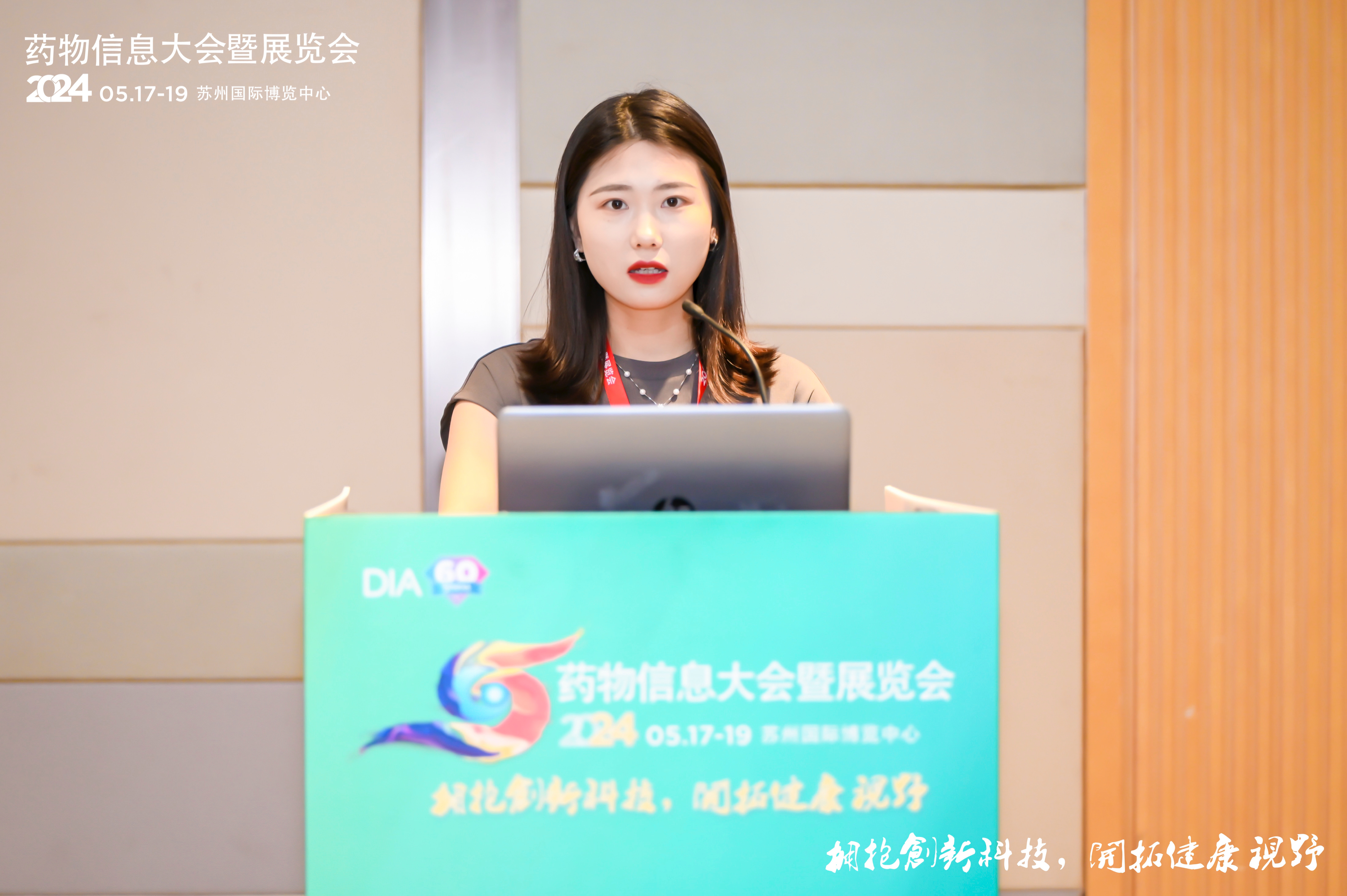Details
Brand information | French Human Cell Design (HCD) pancreatic beta cell, Chengtian cross-border supply chain helps diabetes research
The group company to which Chengtian belongs has been granted exclusive agency rights for HCD in China. As a cross-border supply chain service platform of the group, Beijing Chengtian Biotechnology Co., Ltd. coordinates the cross-border logistics and full process fulfillment of goods.
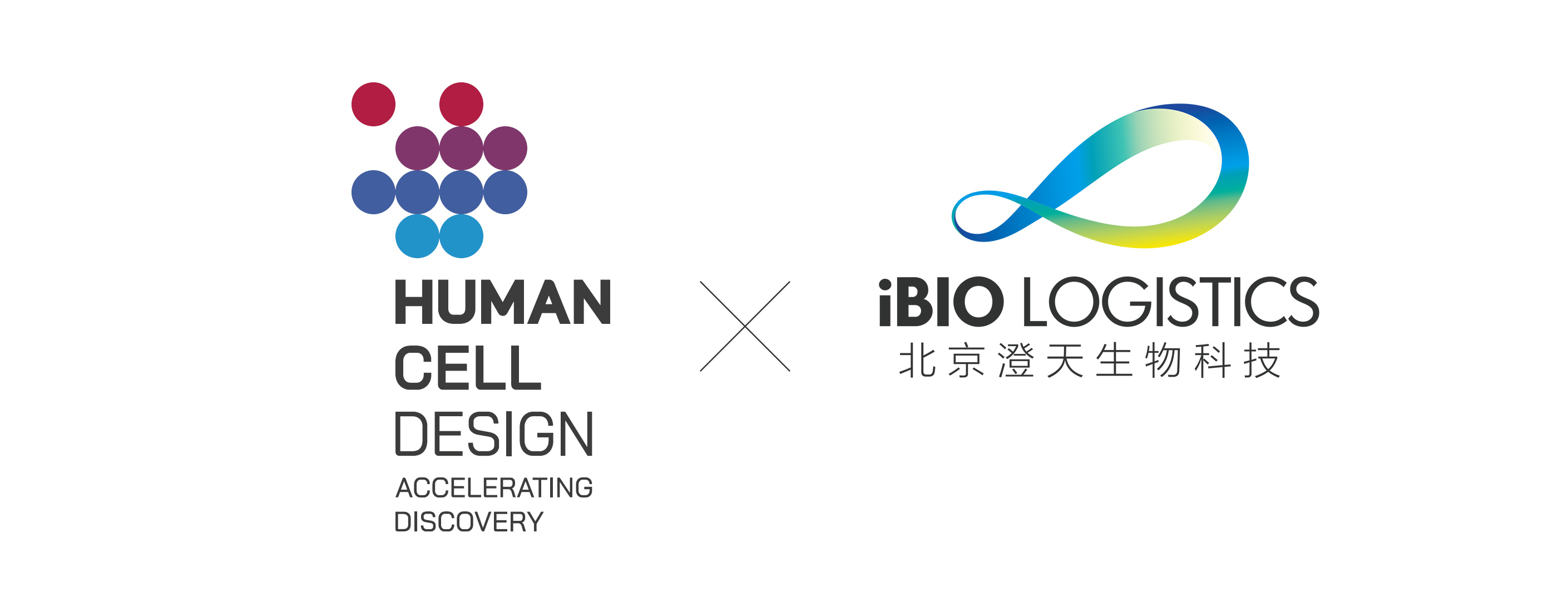
Human Cell Design (HCD) was founded in 2001 and focuses on the development of human cell models to help the development of scientific research and biopharmaceutical companies. Among them, human pancreatic β cells such as EndoC-βH5, EndoC-βH3, and EndoC-βH1, which can be used as diabetic cell models, are its advantageous products.
The earliest technical article on the construction of human pancreatic β-cell model was published in 2011, and the total number of citations of related articles has reached 600+. The human pancreatic β-cell model has been widely used as a diabetic cell model by more than 200 biomedical and life science research institutions around the world.
Chengtian's group company has been granted the exclusive agency rights of HCD in China. Beijing Chengtian Biotechnology Co., Ltd. serves as the group's cross-border supply chain service platform, coordinating the cross-border logistics and full-process order fulfillment of goods.

HCD Human Pancreatic β Cell Product Introduction
The human pancreatic β-cell model plays an important role in the study of metabolic diseases related to pancreatic islets, including diabetes, diabetic inflammation, and the development of similar drugs such as Exendin4 targeting GLP-1R.
Previously, pancreatic beta cells produced by inducing beta cells from stem cells had problems such as low purity and lack of mature pancreatic beta cell function. Extraction of pancreatic beta cells from donated tissues has problems such as low supply, obvious batch effect, and long time consumption. Using diabetic animal models for research will be more expensive and longer than diabetic cell models.
The above are all long-standing problems in diabetes research.

But now, Human Cell Design has built a series of pancreatic β cell models, including EndoC-βH1, En-doC-βH3, EndoC-βH5, GLTx EndoC-βH5, HLA-A2 EndoC-βH5, etc. Through multiple rounds of optimization and improvement, the functional pancreatic β cells obtained are infinitely close to natural human pancreatic β cells, and their insulin secretion function is similar to that of natural cells. The cell homogeneity verified by the key gene PDX1/NKX6.1 reaches more than 90% (see the figure below).
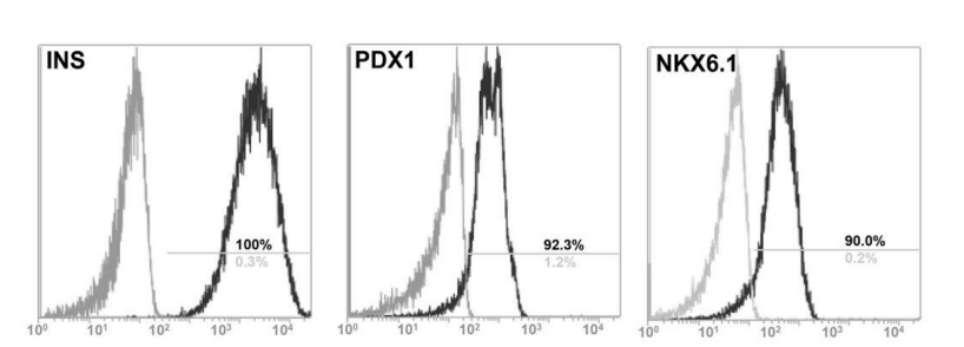
It exhibits a 10-fold insulin secretion response at 2.8 mM and 11 mM glucose doses (see figure below), produces significant feedback to GLP-1R agonists and Exendin4 stimulation, and can be mass-produced to achieve a stable supply.
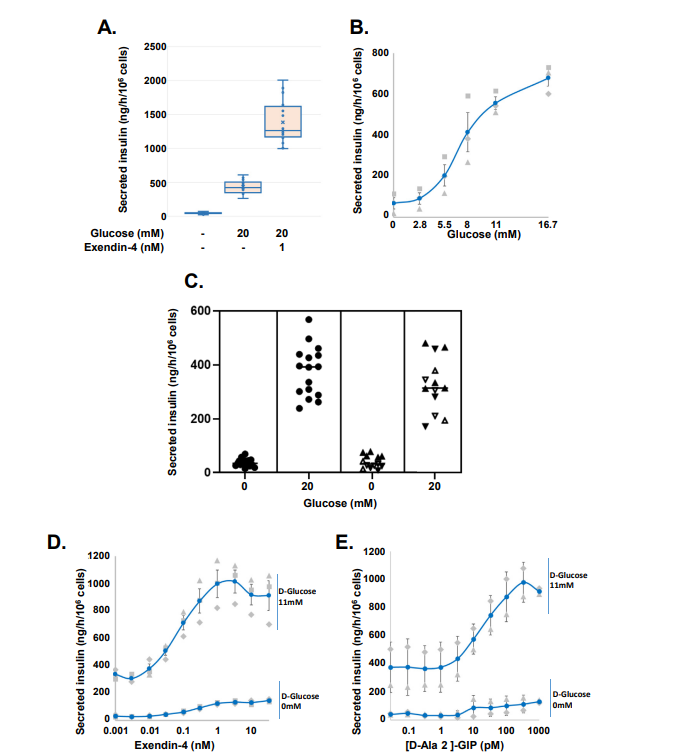
In addition, while developing a series of human pancreatic β cell models EndoC-βH5, Human Cell Design also developed matching cell culture reagents that can be used for cell culture and subsequent related experiments.
A series of commercialized human pancreatic β cells are currently on the market, including EndoC-βH1®, EndoC-βH3®, EndoC-βH5®, HLA-A2 EndoC-βH5®, and GLTx EndoC-βH5®.
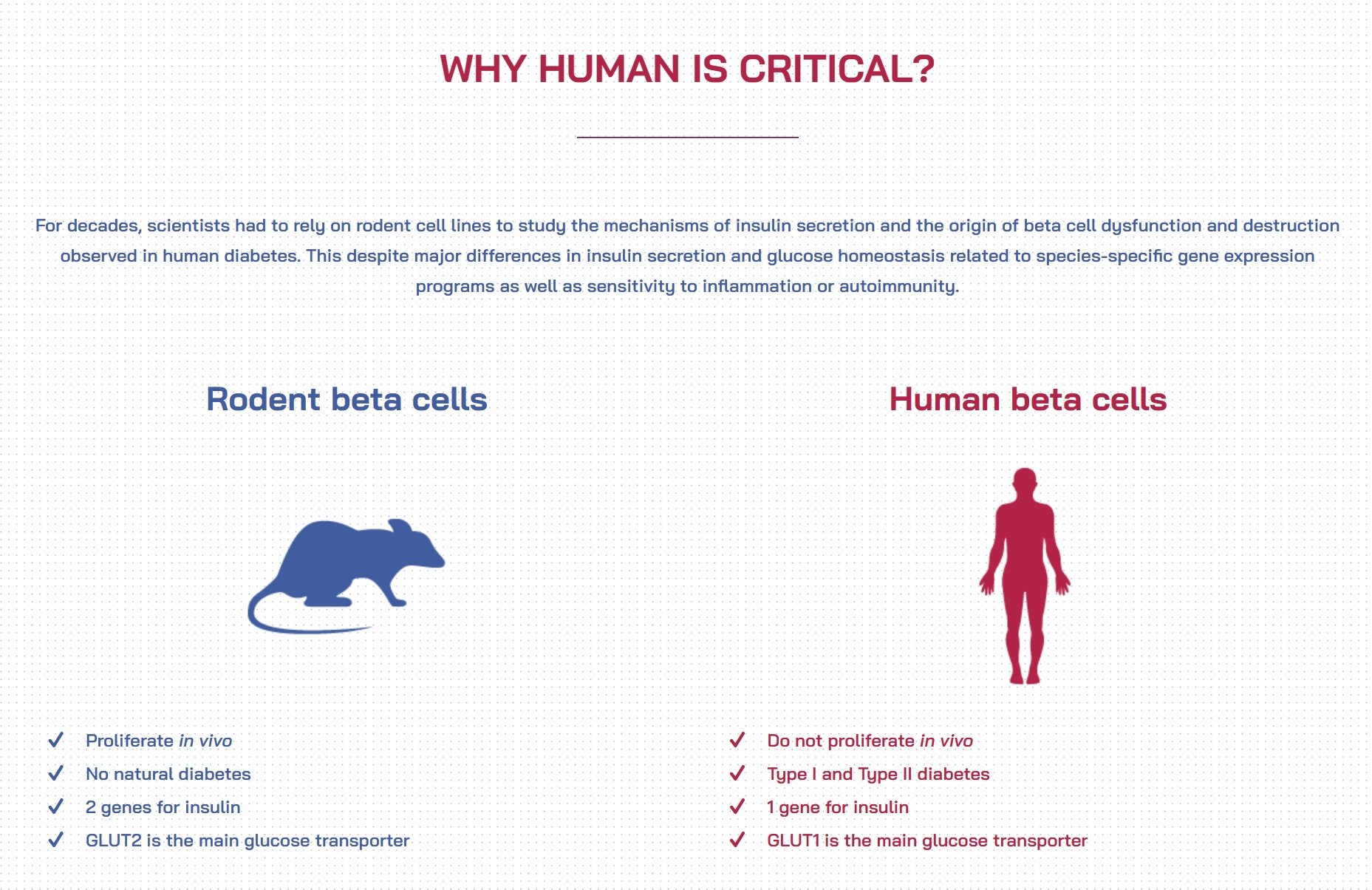
As the exclusive agent of Human Cell Design (HCD) in China, Chengtian's group company will be fully responsible for the sales of EndoC-βH1®, EndoC-βH3®, EndoC-βH5®, HLA-A2 EndoC-βH5®, GLTx EndoC-βH5® and other cells, as well as corresponding culture media and other products in mainland China, Taiwan, Hong Kong and Macau.
Welcome to inquire!


